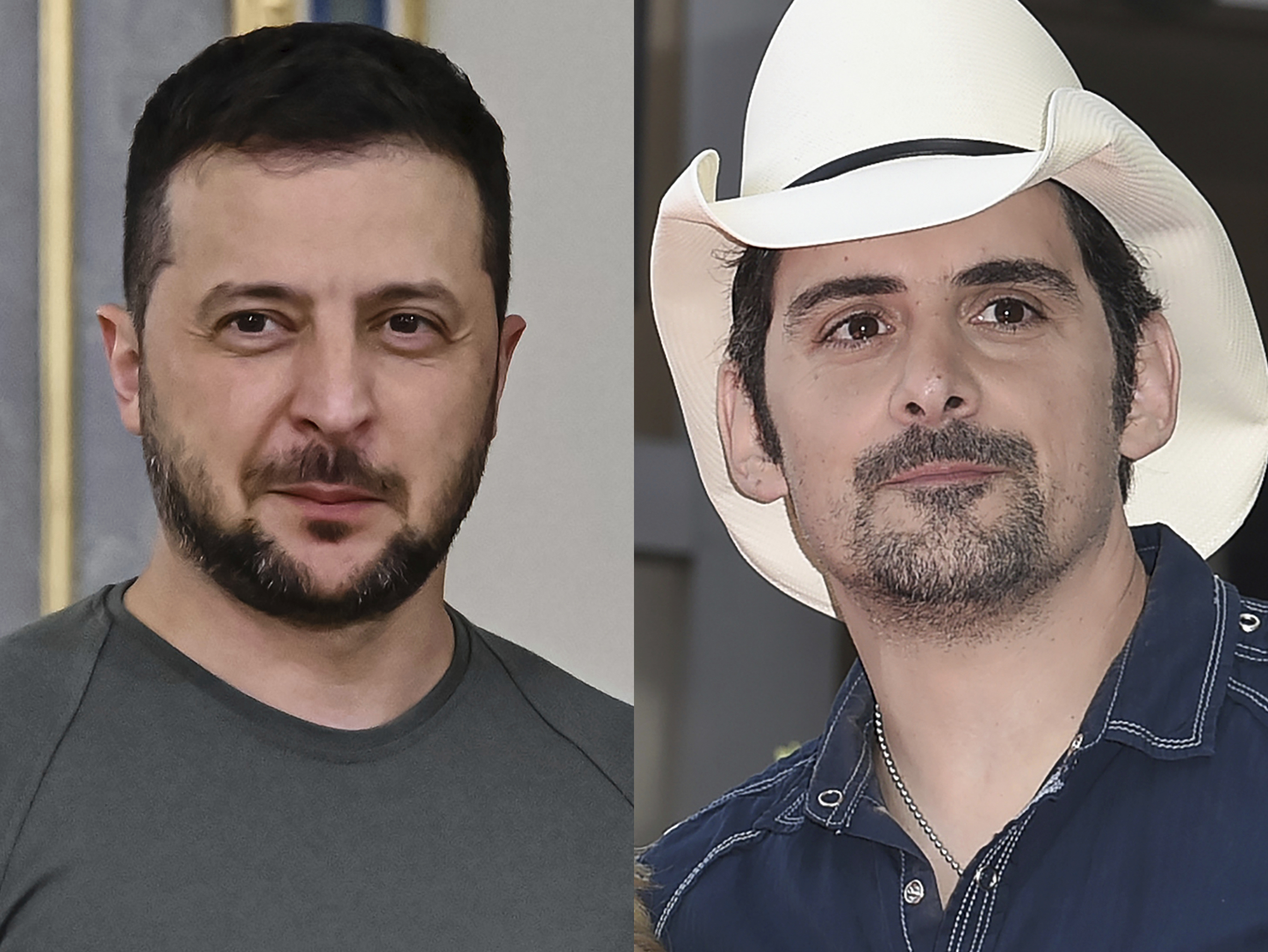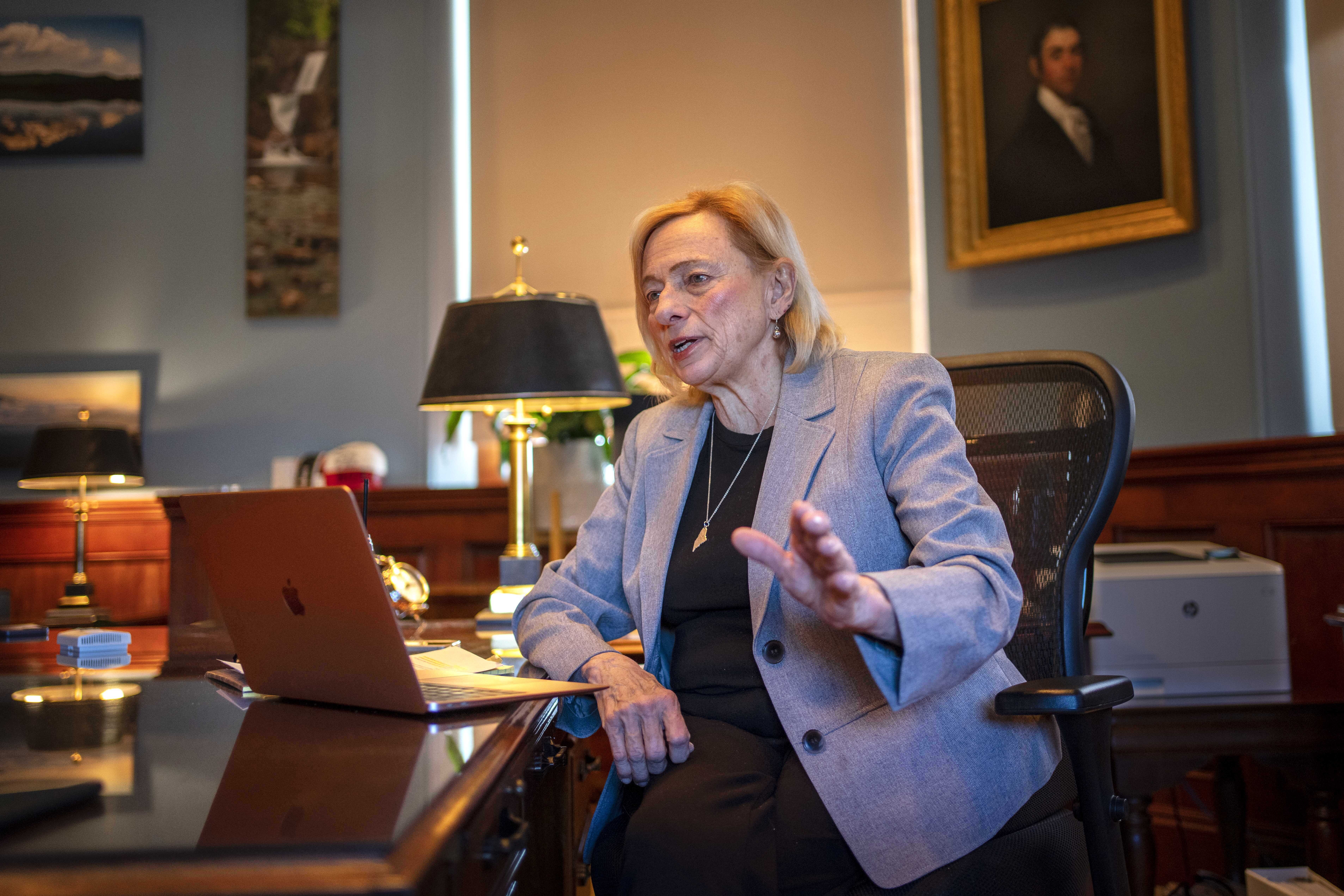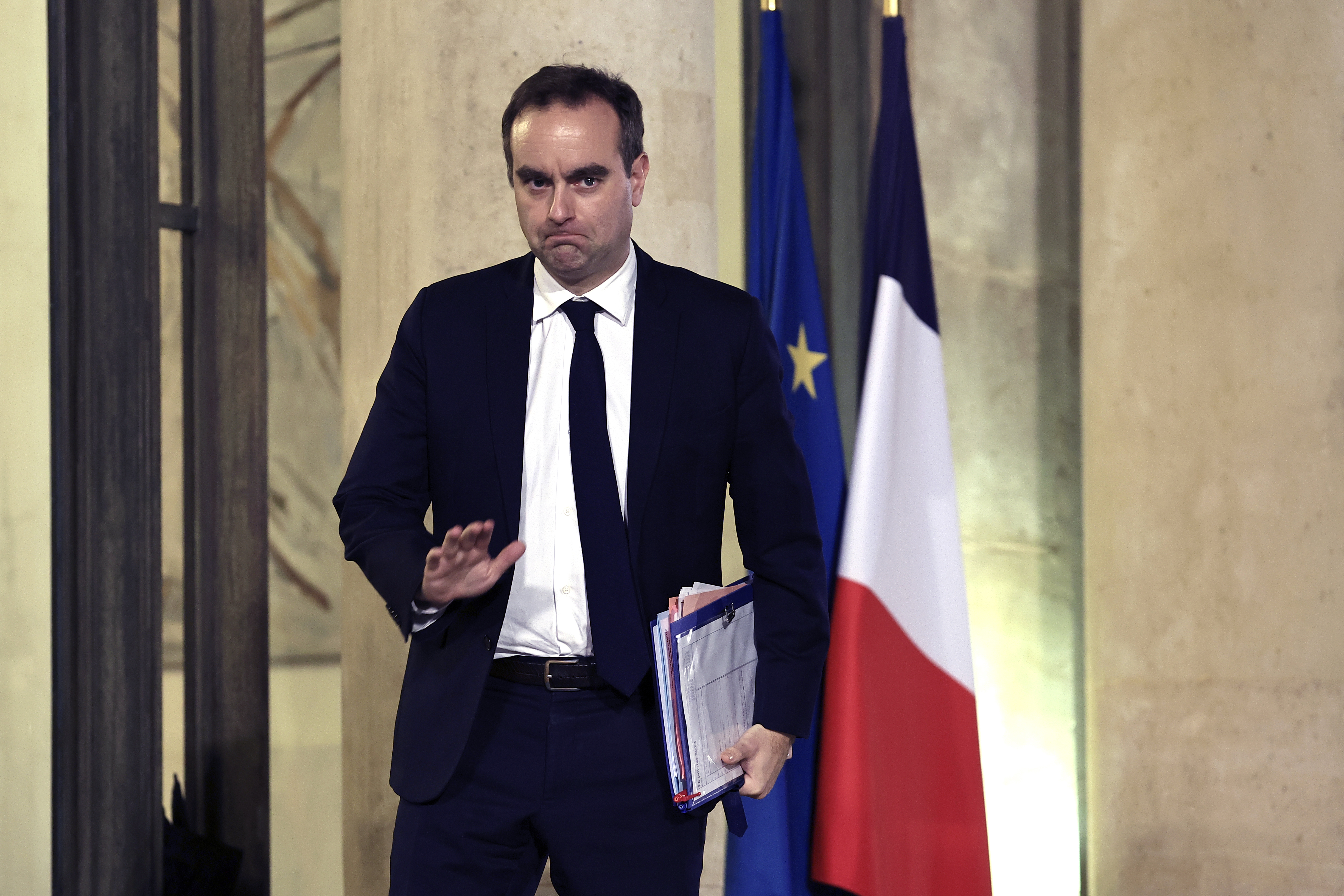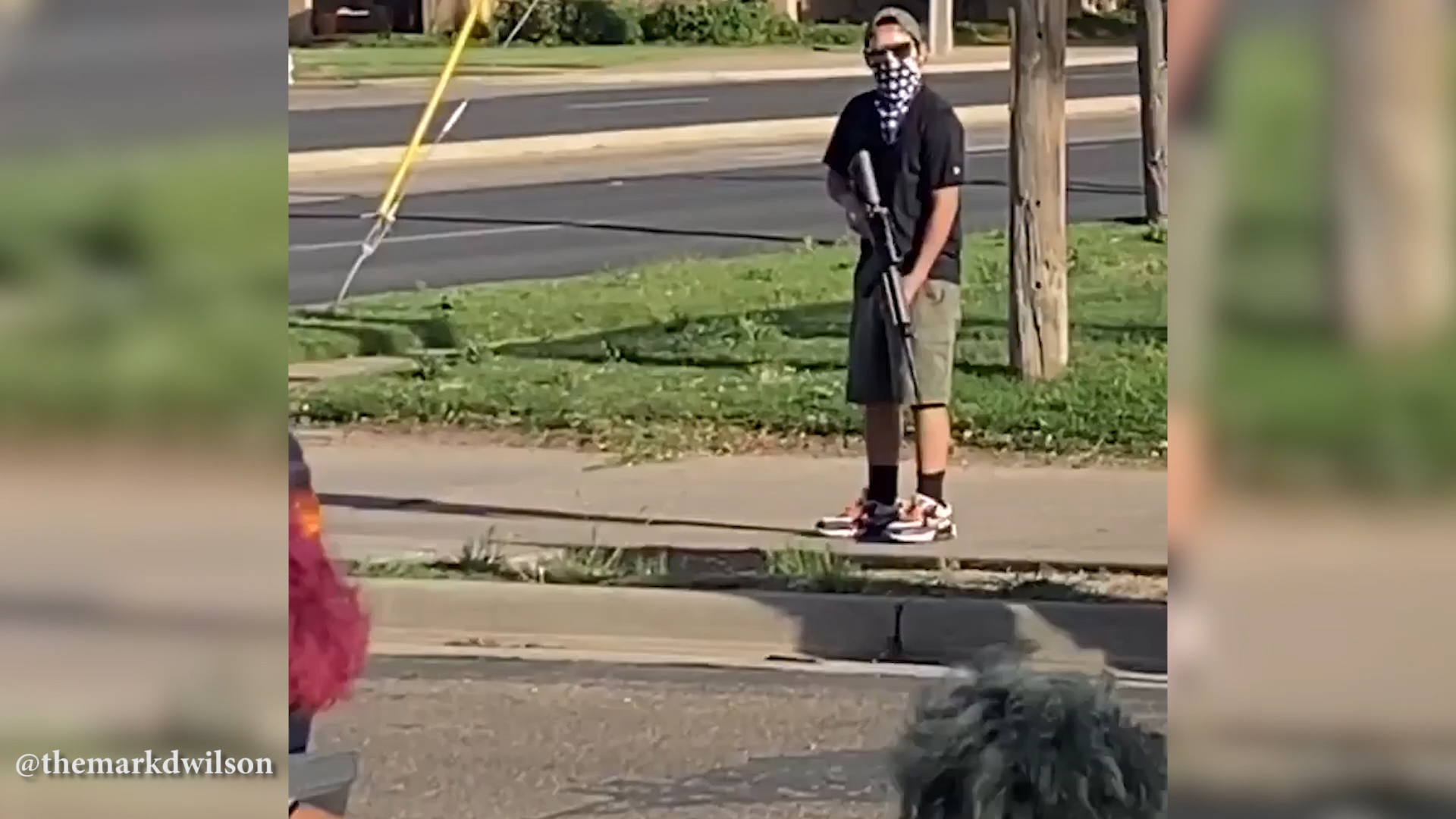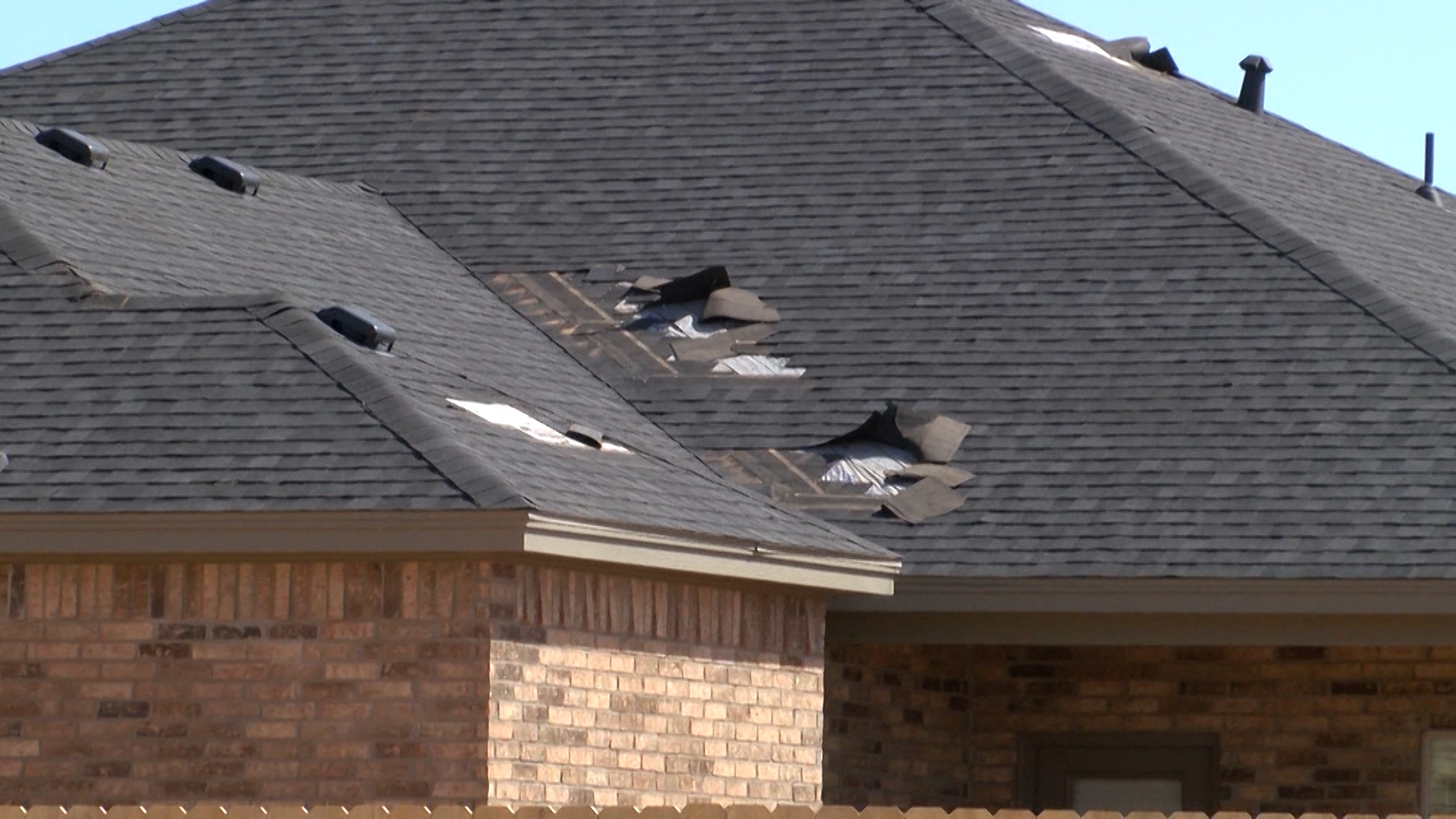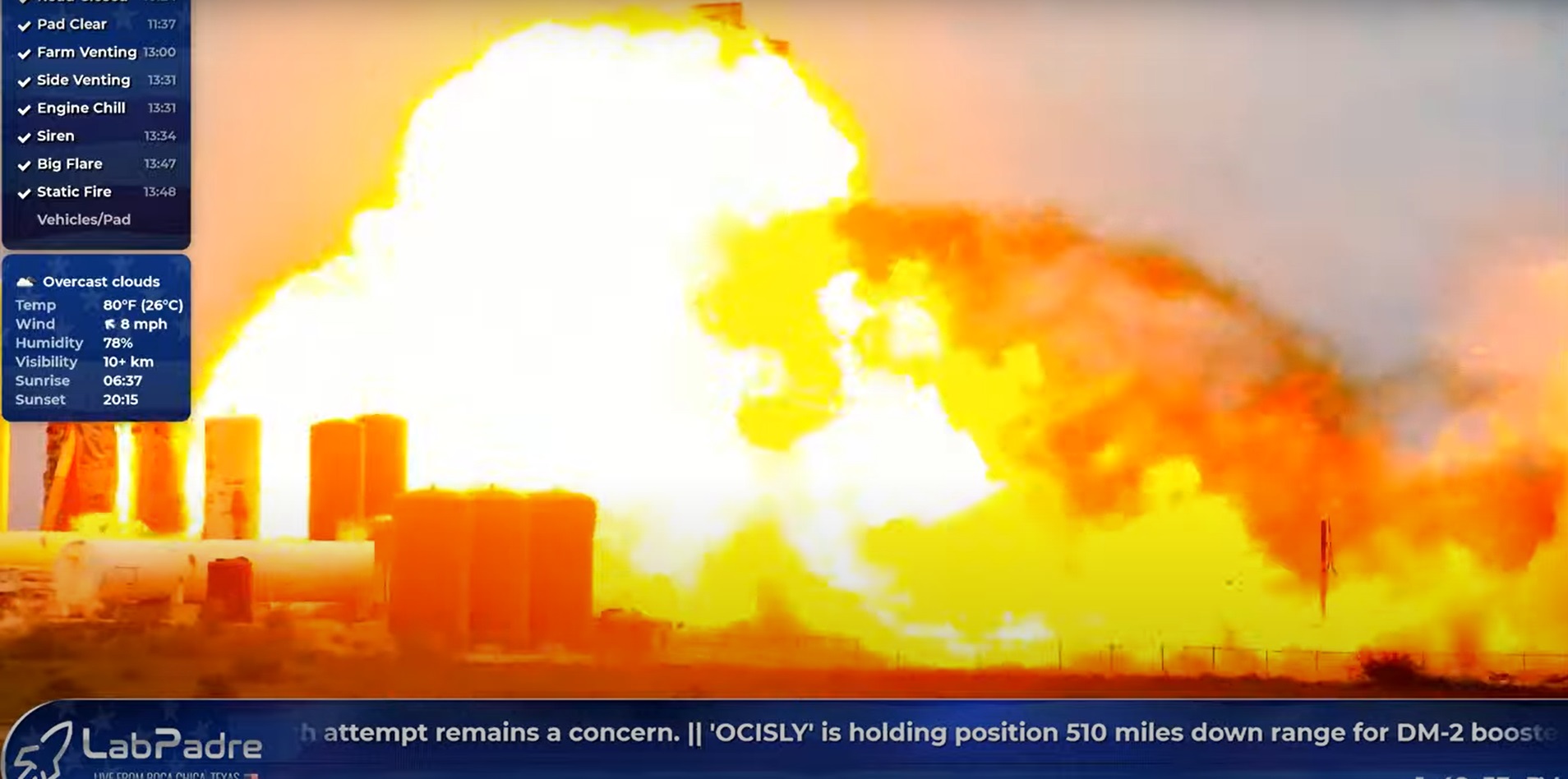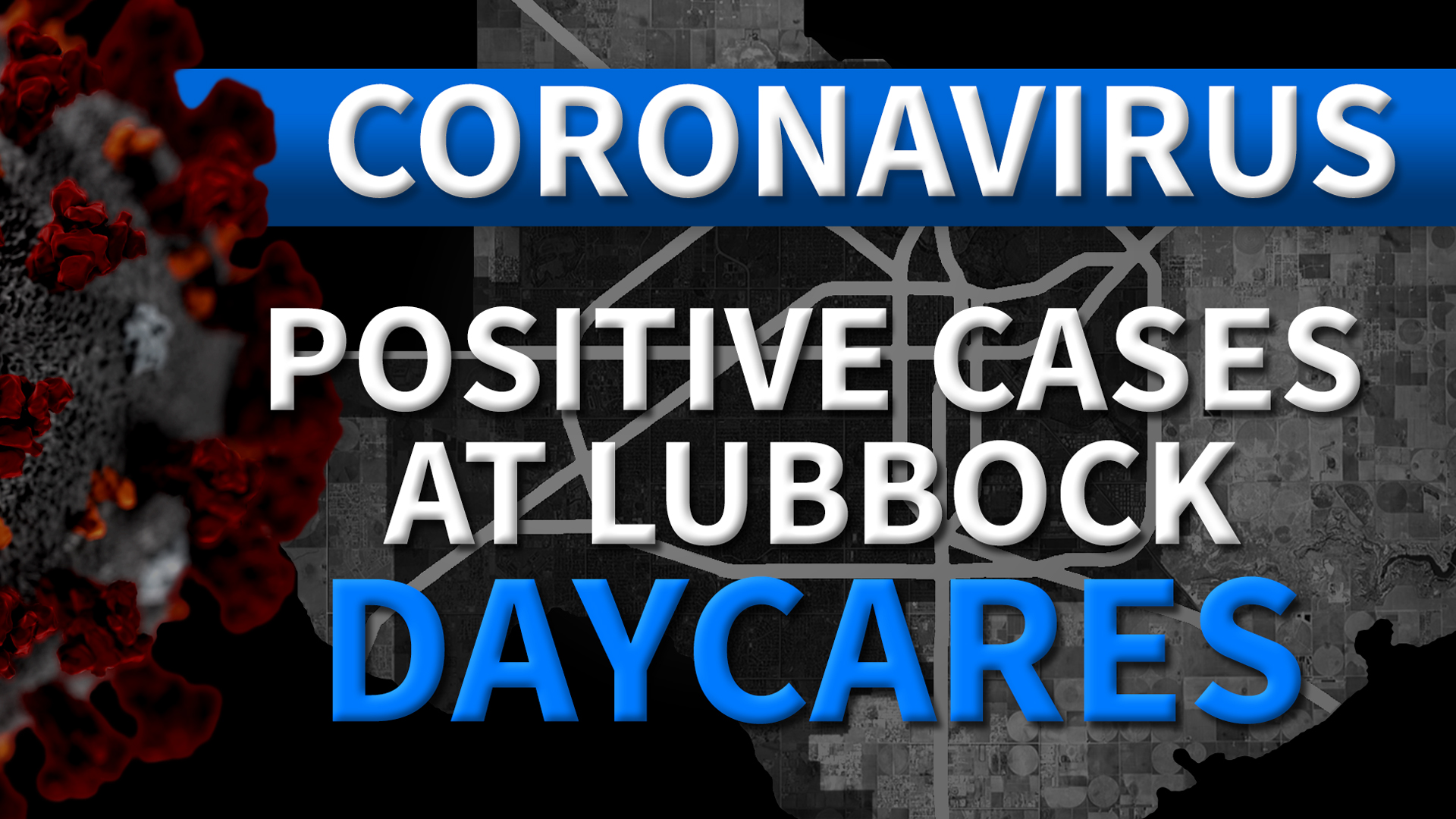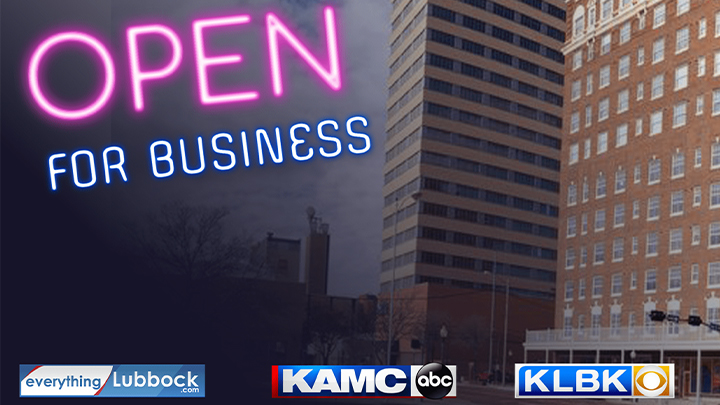McALLEN, Texas (Border Report) — Tension between locals has prompted a group of about 200 asylum-seeking migrants to relocate from another international bridge in Matamoros, Mexico, to the camp where 2,500 other migrants have been living just across the Rio Grande from South Texas.
Several migrant advocates told Border Report that about 200 migrants who were living at the base of the Brownsville & Matamoros International Bridge — also known as B&M International Bridge and the Express Bridge — have joined those living about two miles way in a park near the Gateway International Bridge.
The outdoor tent encampment is now nearing 3,000 in population and has been declared by advocates and elected officials as the largest refugee site on a U.S.-Mexico border.
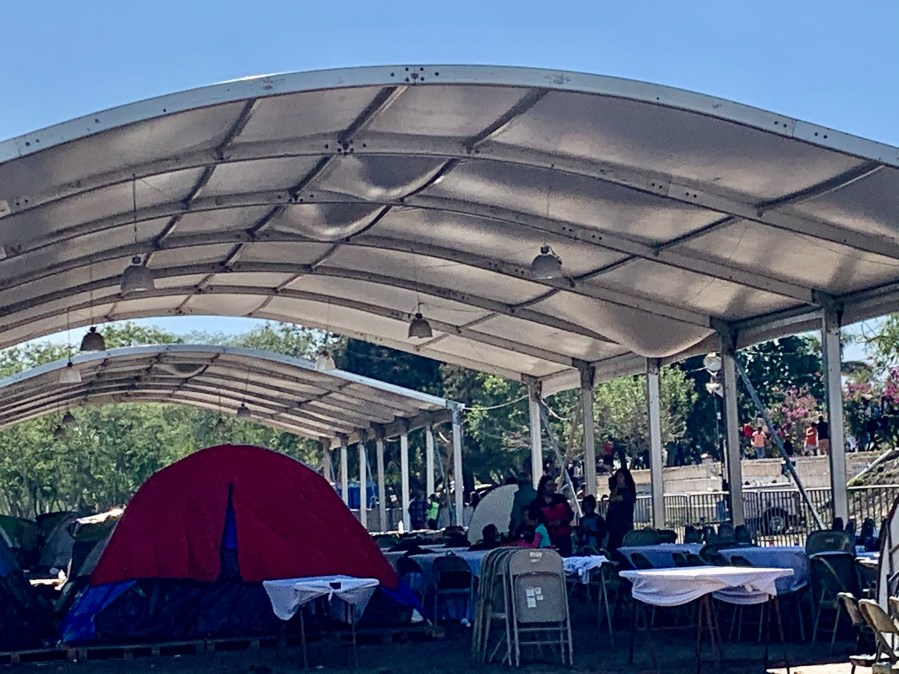
The move came after hundreds of asylum-seekers last week were moved from a concrete area known as the plaza at the base of the Gateway International Bridge to a city-run park several blocks up the river’s embankment. The park is closer to amenities the Mexican government is beginning to provide, including several giant pavilion tents where meals are being served, a bank of men and women portable toilets, showers, an electric charging station for cellphones, and even an outdoor laundry washing station.
It’s also an area that not only is muddy and windy and home to venomous coral snakes, but where migrants say drug cartels can more easily prey upon them, kidnap them, and hold them for extortion and force them to perform criminal acts.
Last Tuesday, local humanitarian workers from U.S. nonprofits Team Brownsville, Angry Tias & Abuelas and Catholic Charities of the Rio Grande Valley helped the migrants move their tents and belongings into the park area to diffuse rising tensions by locals who repeatedly complained of the smell and blight near the base of the Gateway bridge.
Read a Border Report story on the relocation last week of migrants at the refugee camp.
Now, all the migrants are in an area of the park where Mexican authorities have wanted them for months, away from the bridge’s foot traffic, and behind barricades and fencing. This seems to be easing tension and has even resulted in the cancellation of a Jan. 31 protest that had been planned in front of the U.S. Consulate’s office in Matamoros, said Joshua Rubin, who leads Witness at the Border, a group of volunteers who are picketing on the U.S. side to bring attention to the refugee camp.
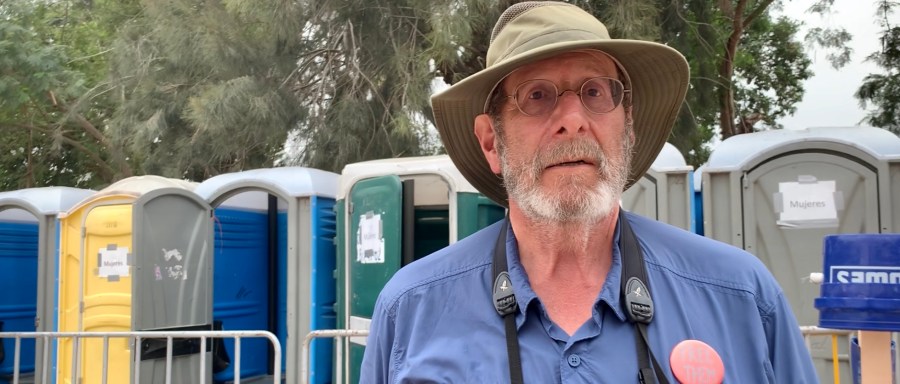
Rubin, of the Bronx, New York, said the Mexican migrants are now settled in an area closest to the Gateway bridge, while the others — most from the Central American countries of El Salvador, Guatemala and Honduras, as well as from Cuba and Venezuela — are located further inland in the park.
Though it’s unclear why they appear to be segregated to one area of the camp, Mexican nationals are not part of the Migrant Protocols Program (MPP), but rather are part of the Trump Administration’s metering system, which allows only so many Mexican nationals to cross a U.S. port of entry each day. Mexicans must wait until their number is called to cross the bridge. Currently, the number of Mexicans who are metered is over 1,000 at the Gateway Bridge, Rubin said.
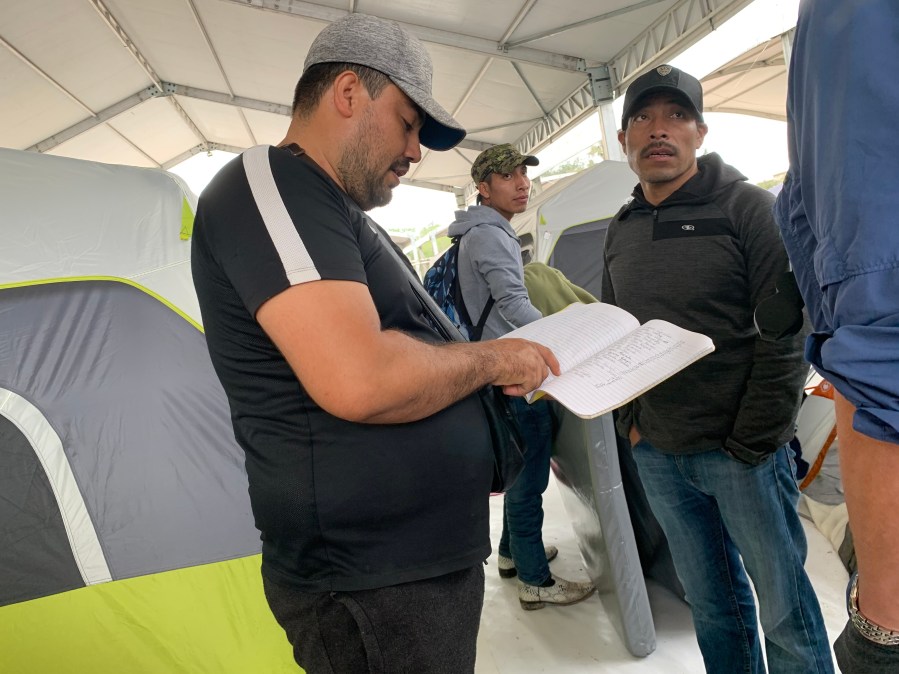
Most of the migrants living at the refugee camp are part of the Trump Administration’s MPP program, which requires them to remain in Mexico during their asylum hearings, which can take upwards of a year. The program was implemented at South Texas border crossings in mid-July and that week the refugee camp in Matamoros quadrupled in size and has been growing daily ever since.
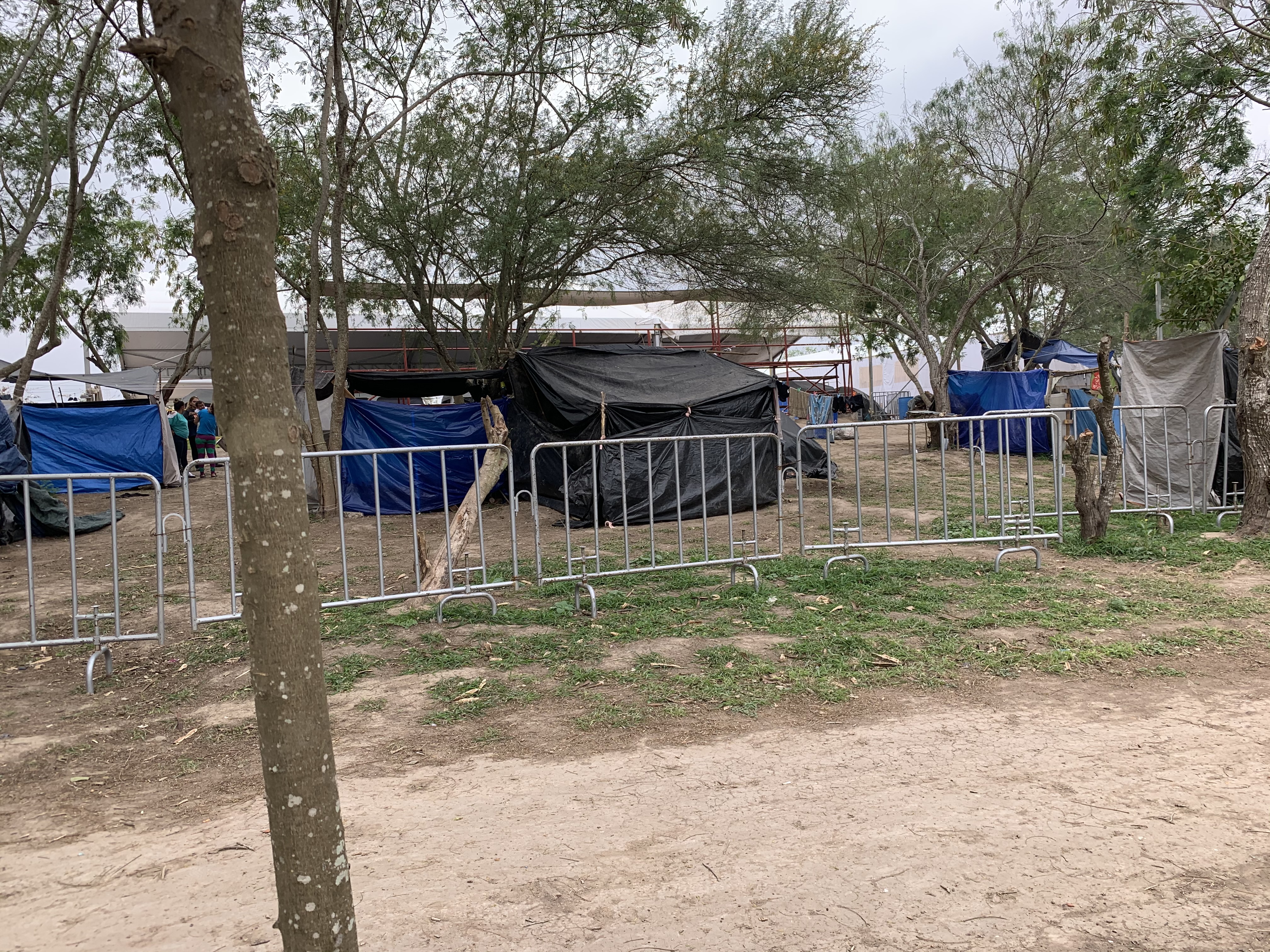

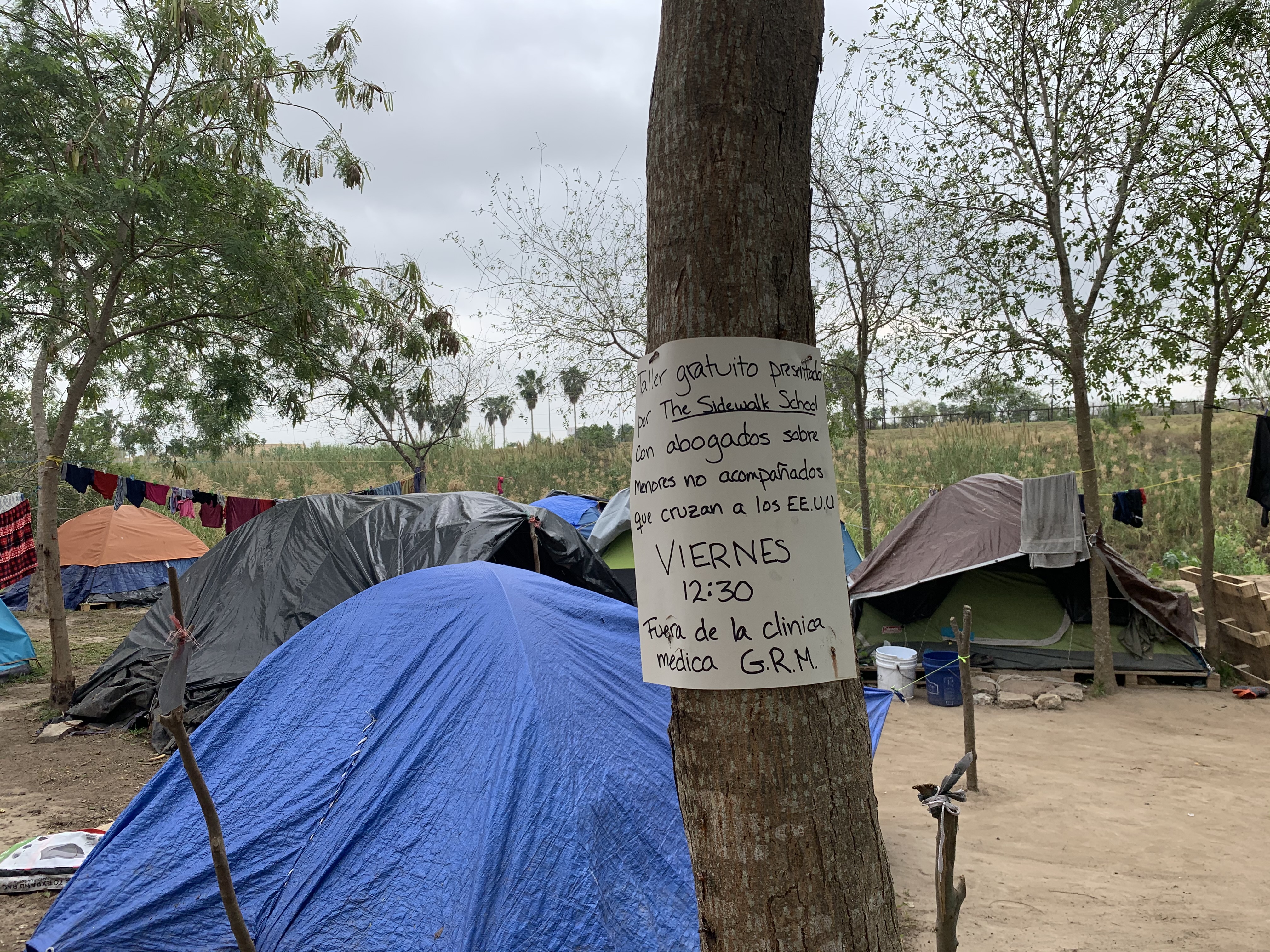
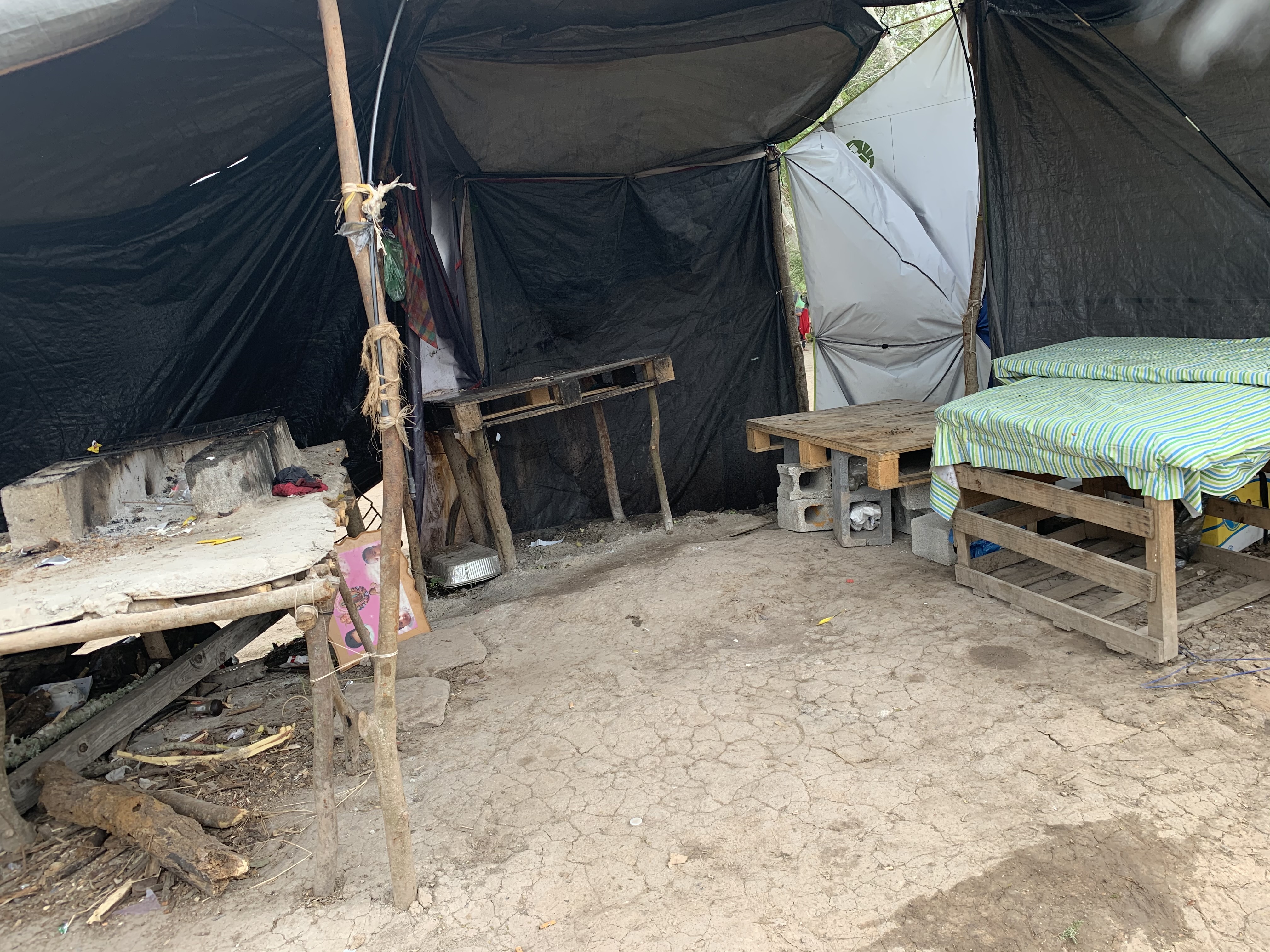
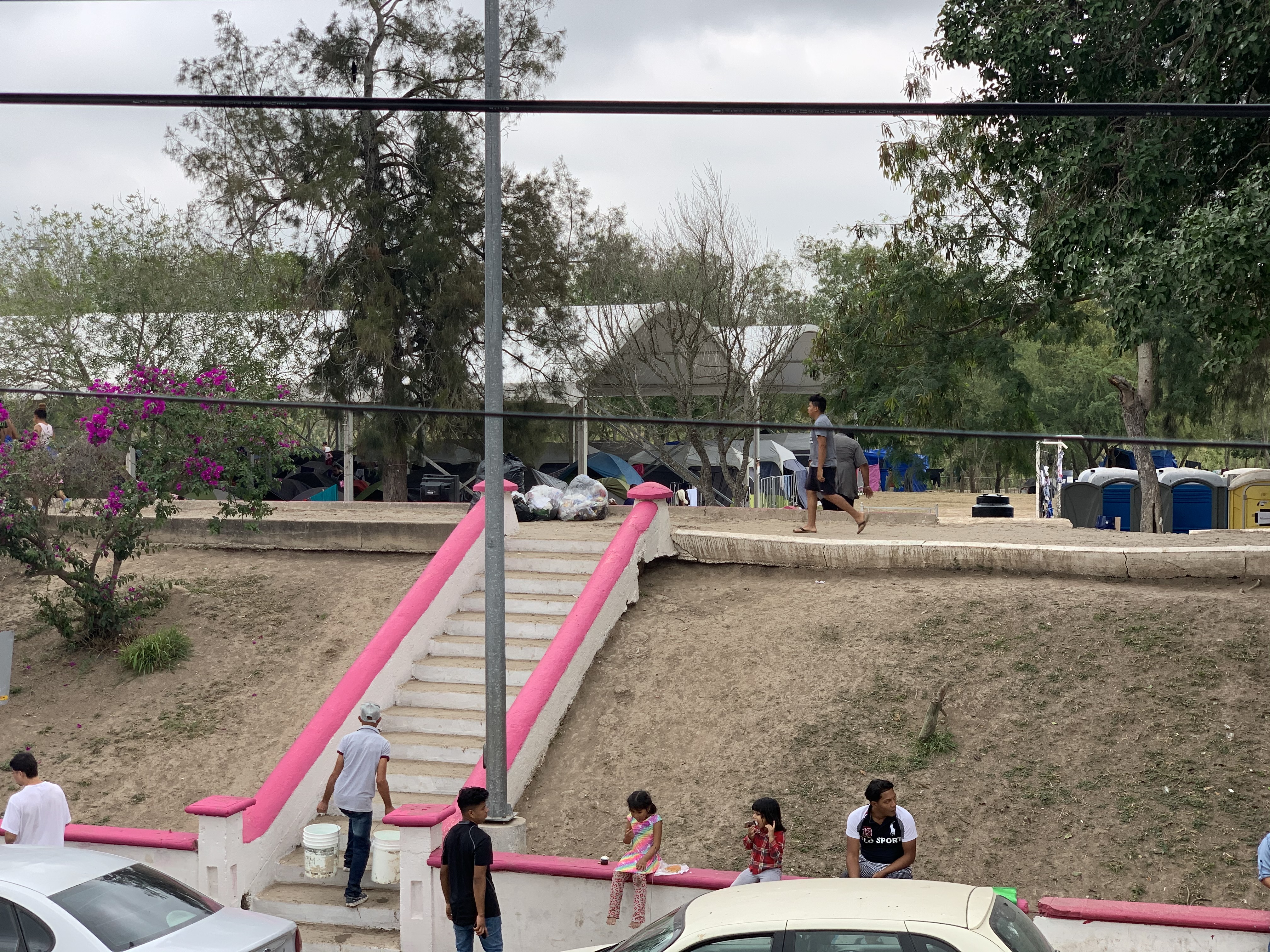
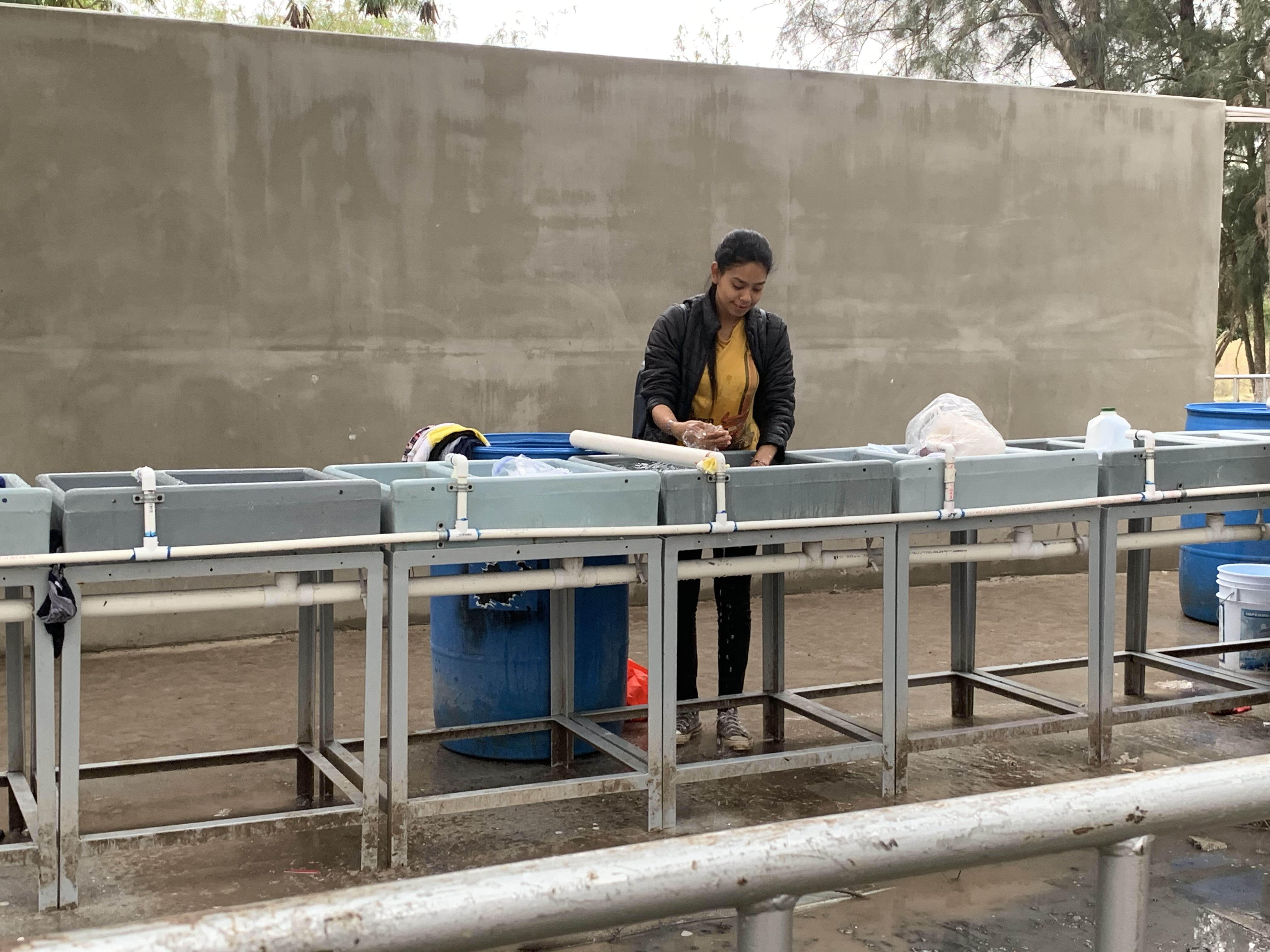
Above are photos of the refugee camp in Matamoros, Mexico, taken on Jan. 28, 2020 by Sandra Sanchez of Border Report.
Jodi Goodwin, an immigration lawyer from Harlingen who offers legal aid to asylum-seekers, confirmed to Border Report the transfer of the 200 migrants from the B&M Bridge, which is in a remote area that is known for kidnappings and crime.
Their location to the refugee camp will allow them to access legal and medical services, such as those provided by Global Response Management, which has a medical trailer and several portable exam rooms set up on the river embankment.
“We see everybody, so if they’re there we’re happy to see people,” said Helen Perry, who runs Global Response Management and has been offering medical care at the camp since October. “We’re trying to keep an eye on all the new policy changes and see how they work out in the camp.”
Visit the BorderReport.com homepage for the latest exclusive stories and breaking news about issues along the United States-Mexico border.



